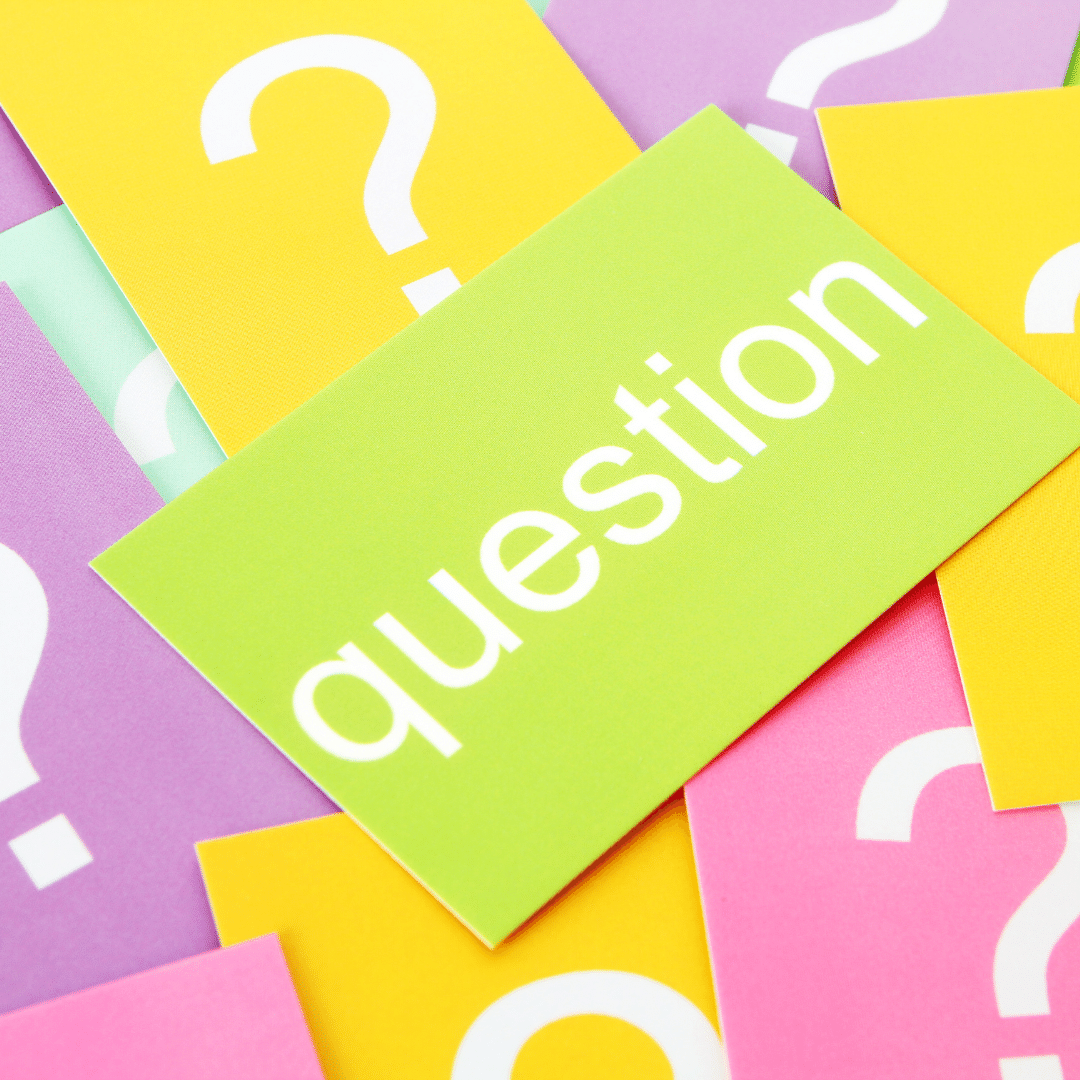
Important words you will need in a conversation to speak fluently
Gap fillers and general reactions in English conversation
忙しい方、やり方が不明な方は
代行リクエストを依頼する
レッスンの詳細
Have you ever paid attention to how many extra little words we use when we speak English?
So when you’re studying English, I recommend learning gap fillers and conversation reactions as I guarantee it will make your life and conversations easier! So let's get started.
Step 1: Let us read the following sentences together.
Examples: Well, you know me.
Well, you can borrow my bicycle tomorrow.
You know all these things are common at our age.
I am very happy for him but you know, he had not been nice to everyone lately.
Step 2: Can you identify some common words used in these sentences? Have you ever used them?
Well, you know me.
Well, you can borrow my bicycle tomorrow.
You know all these things are common at our age.
I am very happy for him but you know, he had not been nice to everyone lately.
These are known as gap fillers. They come in handy when you need to buy a bit more time to think, when you want to break the silence, or when reacting to something your conversation partner is saying.
Gap fillers make the conversation flow naturally. Without them, the gaps get filled with miscellaneous grunts (”um… er”) and uncomfortable silences.
Common gap fillers while listening:
Really?
Right
Sure
How awful!
Oh no!
You're joking!
What a pity!
Auxiliary verbs to make short questions (as in "Have you? did you? Is it?...")
Non-words (as in "mmm, uh-huh...")
Common gap fillers while speaking:
Well
Ok
So
Let me think...
I mean
I guess/think
You know
Like (as in "I'm... like... really sad that you lost your...")
What I want to say is…
The point I want to make is....
Anyway,…
Well, what I mean is that …
Back to our topic …
As I was saying …
The basic idea is…
Step 3: Let us try this small activity.
Choose the correct answer:
1. If I don't know the answer to something, I could say:
"Let me cry..."
"Let me sit..."
"Let me see..."
"Let me wait..."
2. If someone asks a difficult question and you need time to think about the answer, you could say:
"Now let me meditate about that..."
"Now let me speak about that..."
"Now let me talk about that..."
"Now let me think about that...
3. If someone is not understanding you, before you start to explain yourself again, you could say:
"What I'm trying to mutter is..."
"What I'm trying to tell is..."
"What I'm trying to say is..."
"What I'm trying to talk is..."
4. If I disagree with someone, I could say:
"Okay, finally, but..."
"Okay, whatevs, but..."
"Okay, that's final, but..."
"Okay, that's fine, but..."
Remember: Fillers add flavour to your speech. However, excessive use of filler words like umm, uh, yeah, okay will showcase hesitation, lack of words, nervousness and fear.
Step 4: Have a look at the sentences below:
That’s too bad.
That’s great./ That’s great news.
I’m sorry to hear that.
I’m glad to hear that.
Congratulations!
I’m happy to hear that.
(Oh no!) Really?
That sounds awful./ That sounds terrible.
Any idea what these sentences could be?
These are known as conversation reactions.
· What a pity./ What a shame.
· Lucky you!
· I envy you!
· That sounds stressful.
· That sounds lovely.
· Well done.
· I’m really happy for you./ I’m so happy for you.
· I don’t believe it! (Do you really mean…?)
That’s wonderful./ That’s wonderful news.
Some functions of the phrases can be categorised as
responding to good news
responding to bad news
showing surprise/ disbelief
showing agreement/ lack of surprise
getting the speaker to say more/ not stop
linking to your own story/ experience
Good conversations should include correct use of conversational reactions to show interest, get the other person to speak more or show sympathy.
Step 5: Choose the correct answer.
I’m ___________ to hear that. (worried/delighted/satisfied)
What a nice ______________! (night/surprise/road)
What a ___________! (nightmare/ safe/thing)
You don’t __________ me. (surprise/gift/happening)
No _____________. (prayer/ kidding /call/right)
You’re ___________? (sing/what/nothing/joking)
NOW that you have understood the purpose of gap fillers and conversation reactions, I think henceforth when you will try to have a conversation in English, you will ensure to use gap fillers and conversation reactions correctly.
カフェトークの キャンセルポリシー
リクエスト確定前
- いつでも無料キャンセル可能。
リクエスト確定後
- レッスン開始時刻の24時間以上前→ いつでもキャンセル可能。
- レッスン開始時刻の24時間未満→ キャンセル料がかかる場合があります。
-
レッスンに現れなかった場合→ キャンセル料がかかる場合があります。
(キャンセル料については、講師に直接ご確認ください)
この講師のレッスン
-
-
-
-
-


Master English for Job Interview - Lesson 1
Interview Vocabulary - Adjectives (Intermediate to Advanced Level)40分 1,500P体験あり -
-
-


Collocations/Phrasal Verbs/Idioms -LEVEL A2/B1
Practice of grammar exercises for A2/B140分 1,700P体験あり -
-
-


Let's boost up your reading aloud - Starting from scratch as from age 5 (audio file available to help you)
Reading aloud - use of short story or small paragraphs30分 1,600P体験あり -
-
-


Facing difficulty to differentiate between 'b' and 'v' sounds - No worries
Differentiate between 'b' and 'v' sound while speaking - Lesson for all50分 1,500P体験あり








